Halloween is around the corner! Have you thought about which monster or ghost to dress up as? Well, in Japan, we have our own 妖怪 (Youkai). The word 妖怪 (Youkai) is a combination of 妖 (you) which means “attractive, calamity and bewitching”, and 怪 (kai) means “mystery, wonder”. These creatures can be in forms of ghosts, creatures or goblins. Some of these 妖怪 you may find familiar as they have made their appearances in movies.
Before that, let’s learn some Japanese vocabularies.
You can use these vocabularies during Halloween!
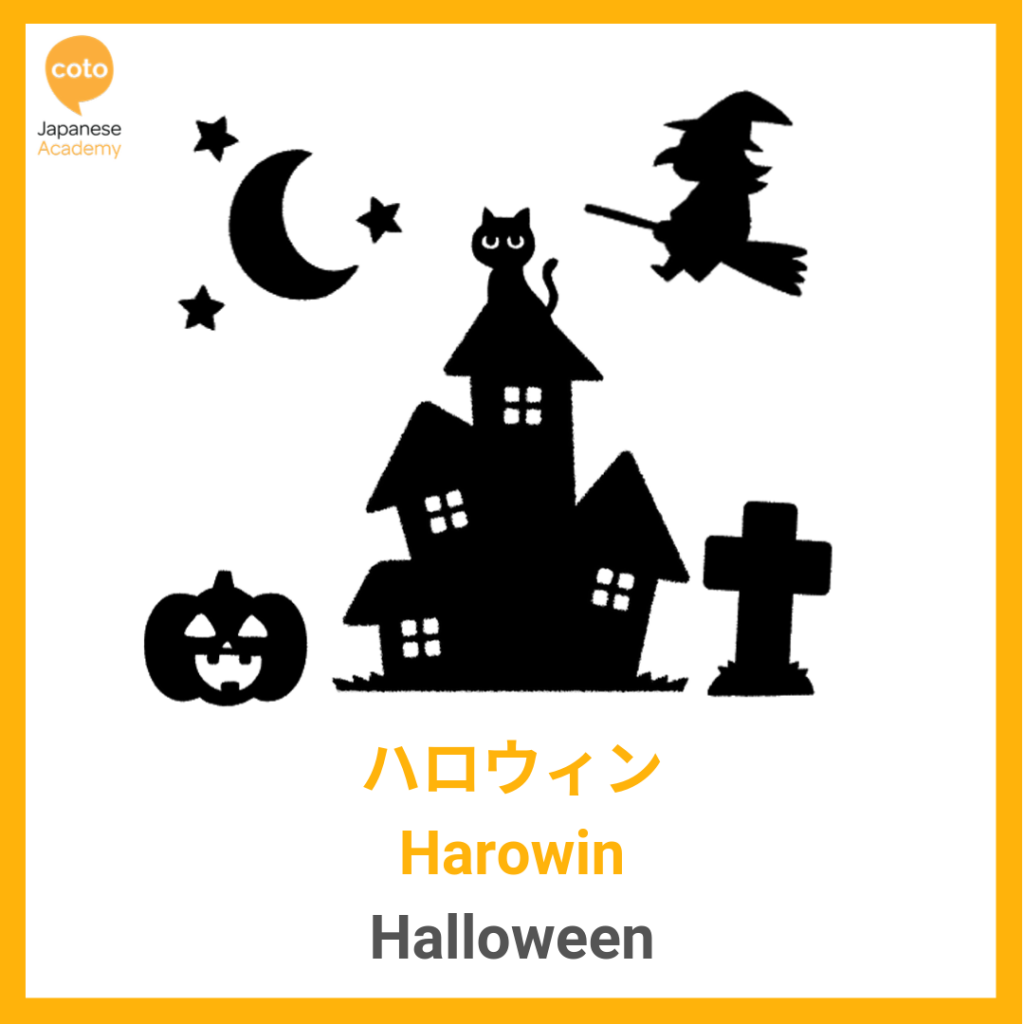
Eg:ハロウィンはまいとし10月31日です。
Harowin wa maitoshi juu-getsu sanjuuichi-nichi desu.
Halloween is on the 31st of October every year.

Eg:ことしはゾンビのコスチュームを着ます。
kotoshi wa zonbi no kosuchu-mu o kimasu.
I will wear a zombie costume this year.

Eg:ことしはミイラやゾンビのコスチュームを着たいですか?
kotoshi wa miira ya zonbi no kosuchu-mu o kitaidesuka?
Do you want to dress up as a mummy or zombie this year?

Eg:このまじょのコスチュームはかわいいです。
kono majo no kosuchu-mu wa kawaii desu.
This witch’s costume is cute.

Eg:わたしはおばけがこわいです。
watashi wa obake ga kowai desu.
I am scared of ghosts.
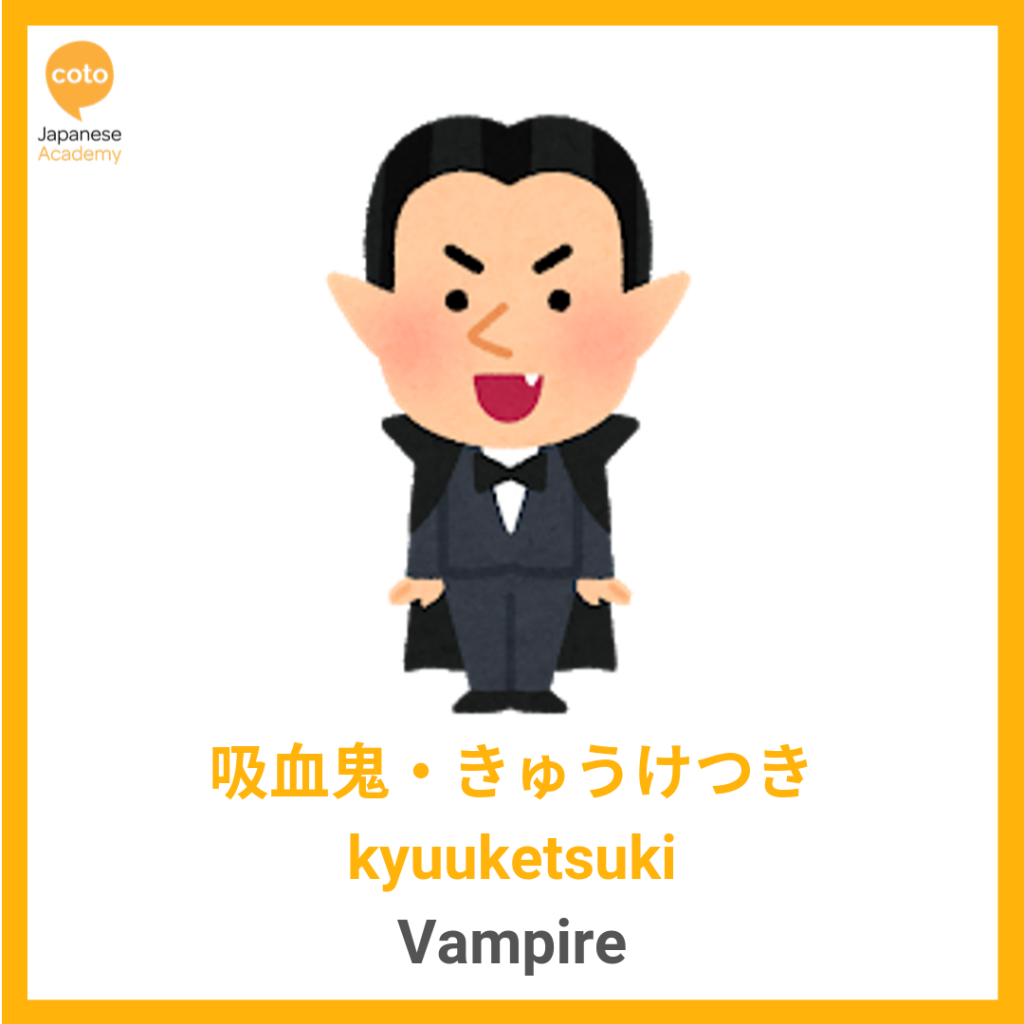
Eg:きゅうけつきのコスチュームはかっこいいね!
Kyuuketsuki no kosuchu-mu wa kakkoii ne!
The vampire costume is cool!

Eg:フランケンシュタインはこわいですか?
furankenshutain wa kowai desu ka?
Is the frankenstein scary?

Eg:ことしのハロウィンはがいこつのコスプレがしたいです。
kotoshi no harowin wa gaikotsu no kosupure ga shitaidesu.
I want to be a skeleton this Halloween.
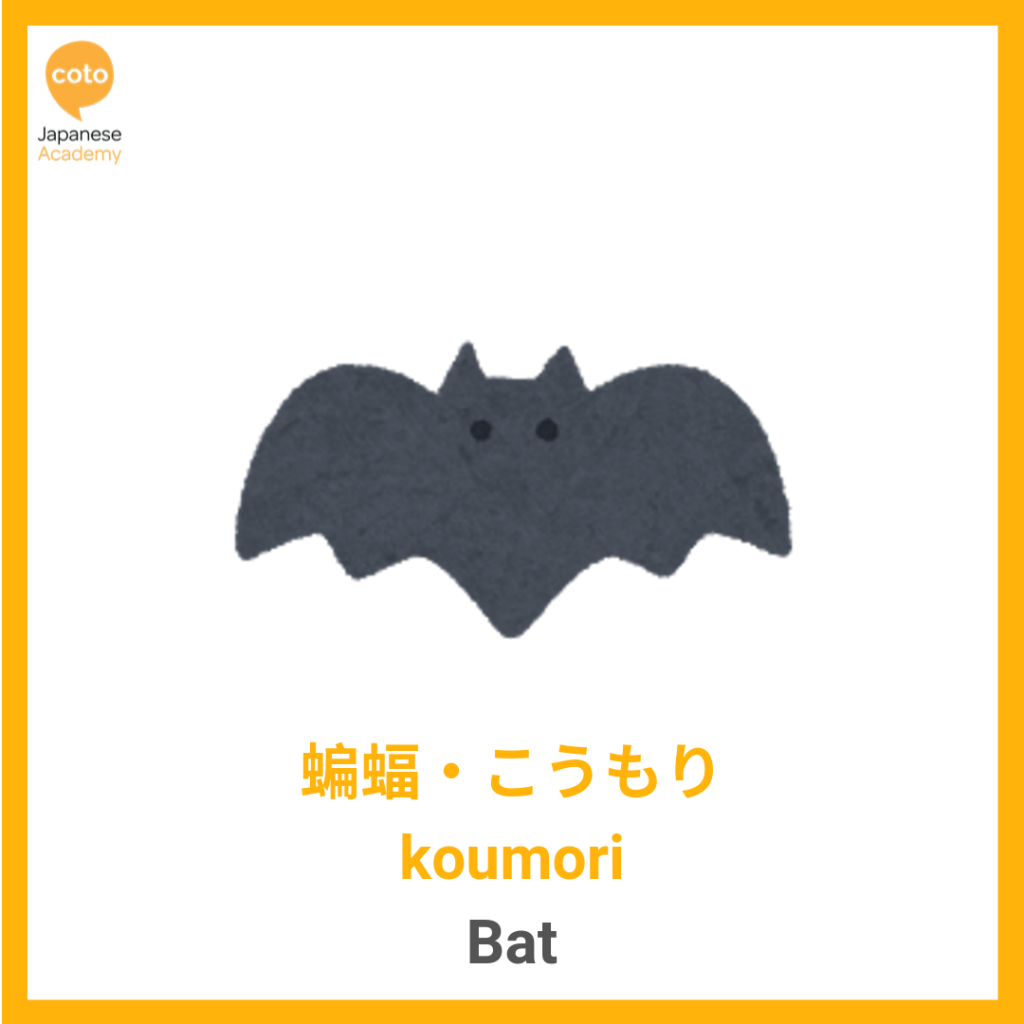
Eg:よるはこうもりがいっぱいいます。
yoru wa koumori ga ippai imasu.
At night, there are a lot of bats.

Eg:このかぼちゃはおいしいです。
kono kabocha wa oishii desu.
This pumpkin is delicious.
Here are the top 10 of Japan’s famous 妖怪 (Youkai)!
Some of which you might have heard before.

Translated: Bone Woman
Habitat: Dark streets, alleys, graveyards
Diet: none, large sexual appetite
Not all 妖怪 (Youkai) who die become vengeful beings with jealousy or grudge. Hone Onna appears to be a skeleton who tricks men in the form of an attractive woman. She lures men after seducing them and proceeds to suck their lifeforce out of them until they turn into dust.
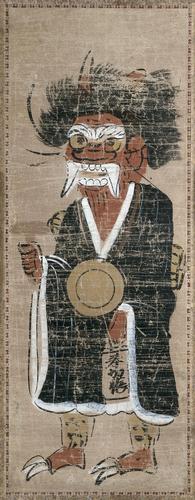
Translated: Demon, Orge
Habitat: Remote mountains, caves, islands, abandoned fortresses, hell
Diet: omnivorous (humans, livestock and alcohol)
おに (oni) is in the formed of blue or red giants with wild hair and carrying かなぼう (kanabou), spiked clubs or iron clubs, around. They are reborn into the Buddhist Hells from dying as wicked humans. おに (oni) gives out punishment to evil people and let them serve under えんま だいおう (Enma Daiou) who is the kind of Hell.
In modern Japanese culture, せつぶん (setsubun) or Bean-Throwing Festival, is celebrated every year. Families throw roasted soybeans outside the door of their house to chase the おに (oni) out and welcome luck in by saying “おにはそと!ふくはうち!” (Oni wa soto! Fuku wa uchi!)
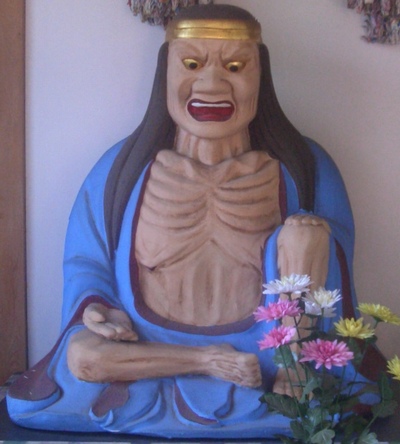
Translated: Clothes-stealing old woman
Habitat: Meido, along the banks of Sanzu River
Diet: unknown
だつえば(Datsueba) appears to be an elderly おに (oni) who guards the bridge and the banks of the Sanzu River. According to some articles, だつえば(Datsueba) are actually the wife of えんま だいおう (Enma Daiou). Spirits can either cross the bridge if they are good people or swim in the deepest part of the river if the person is bad. The だつえば(Datsueba) then asked them to take off their clothes, hangs on the tree bark and weigh their sins. If the soul does not have clothes on upon reaching the bridge, だつえば(Datsueba) would take their skin instead. Scary.

Translated: Zashiki Child
Habitat: Zashiki (a room covered in tatami mat) and other rooms
Diet: none, enjoys treats and candies
ざしき わらし (Zashiki Warashi) is not as scary as you think they are. They are actually housed spirits, fond of mischiefs and they also bring great fortune and riches to the household. They befriend children, teach them songs, games and also, nursery rhymes.
In modern Japan, Japanese takes great care of their ざしき (zashiki) so to not drive out any guardian spirits like the ざしき わらし (Zashiki Warashi) out of their house, but rather bless them with fortunes.

Translated: River child
Habitat: Rivers, lakes, ponds, waterways, wells; found throughout Japan
Diet: Omnivorous; prefers cucumber and human entrails
かっぱ (Kappa) are aquatic reptilian humanoids where they feel at home in the water. They are clumsy on land and they thrive during warm months. かっぱ (Kappa)’s size and shape is that of a human child, with scaly skin ranging from deep green to bright red in color. They have webbed, thumbless hands and feet and have a turtle-like beak and shell. かっぱ (Kappa) are excellent swimmers. They have a dish on the top of its skull and it is the source of the かっぱ (Kappa)’s power. The dish needs to be wet at all times. If it is dry, or water spilled, the かっぱ (Kappa) would not be able to move or may even die.
In Shintoism, かっぱ (Kappa) is revered as a water god. It is common to see cucumbers at the side of riverbanks as offerings to the かっぱ (Kappa).

Translated: the bean washer or bean grinder
Habitat: remote forests, throughout Japan
Diet: unknown
あずきあらい (Azuki Arai) or あずきとぎ (Azuki Togi) is a mysterious 妖怪 (Youkai) encountered in the mountainous region across Japan. They are short with big, round eyes, overall resembling a Buddhist priest. あずきあらい (Azuki Arai) or あずきとぎ (Azuki Togi) is full of cheerfulness with a silly smile and large hands with only 3 fingers. They are usually shy and do all they can to avoid being seen.
They will sing “あずきとごうか、ひととってくおうか?ショキショキ” (Azuki togou ka, hito totte kuou ka? shoki shoki) to entertain themselves. Anyone who approaches would fall into the water and the slashes would scare the あずきあらい (Azuki Arai) or あずきとぎ (Azuki Togi) away.

Translated: Coated Buddha
Habitat: poorly cared for family alters, run-down homes
Diet: None
ぬりぼとけ (Nuribotoke) a zombie-like 妖怪 (Youkai) which creeps out of a ぶつだん (Butsudan) that has left open at night. They are a soft, flabby corpse-like spirit with oily black skin and have a pungent smell. Trailing behind is a catfish-like tail connected to its spine. This spirit’s eyeballs dangle from its eye sockets. ぶつだん (Butsudan) is a shrine found in temples and homes in Japanese Buddhism cultures.
To prevent their appearance is to never leave a ぶつだん (Butsudan) open at night. A ぶつだん (Butsudan) is considered to be a gateway to the spirit world at night.

Translated: grudged spirit, vengeful ghost
Habitat: found all throughout Japan
Diet: None, survives solely on its wrath
People who have died with such strong passions – jealousy, rage, or hatred are おんりょう (Onryou). They can’t pass on but only bring vengeance on anyone who crosses their path. The おんりょう (Onryou) would usually display wounds or marks indicative of the way they died. おんりょう (Onryou) are powerful enough to kill anyone. But, they prefer to let their victims die from prolonged suffering.
Whatever the origin, the おんりょう (Onryou)’s wrath makes it one of the most feared supernatural entities in all of Japan.

Translated: crazy bones
Habitat: wells
Diet: none, survives solely on vengeance
きょこつ (Kyokotsu) is a skeletal spirit, wrapped in ragged clothes, which rises out of wells to scare people. Its bleached skull and tangled hair from its clothes. きょこつ (Kyokotsu) lies at the bottom of its well until it is disturbed, then it rises up to curse anyone using the well. Formed from bones which were disposed of by being discarded down a well. The lack of proper burial creates a powerful grudge in the bones. The origin of the word きょこつ (Kyokotsu) means fury and violence.

Translated: Faceless monk
Habitat: Roads, inns, shops; blends in with human society
Diet: unknown, has no mouth thus can’t eat
のっぺらぼう (Nopperabou) resembles an ordinary human in almost all ways and blend in human society. When met face to face, the のっぺらぼう (Nopperabou) actually has no face at all. Its head is a blank ord with no eyes, mouth, nose, or features of any kind. The のっぺらぼう (Nopperabou) are usually encountered on quiet, empty roads late in the night. Their main activity is to scare humans. They would often work together in groups to scare one individual. They are known to impersonate close relatives or family members of their victims. But, they are also known to transform into animal 妖怪 (Youkai) such as きつね (kitsune)、たぬき (tanuki) or むじな (mujina).
Are you in the mood of Halloween already? Are you keen to learn more Japanese vocabularies?
Click the link below to learn more!
Top 10 Yokai/Japanese Ghost List!
2019 Oct 15